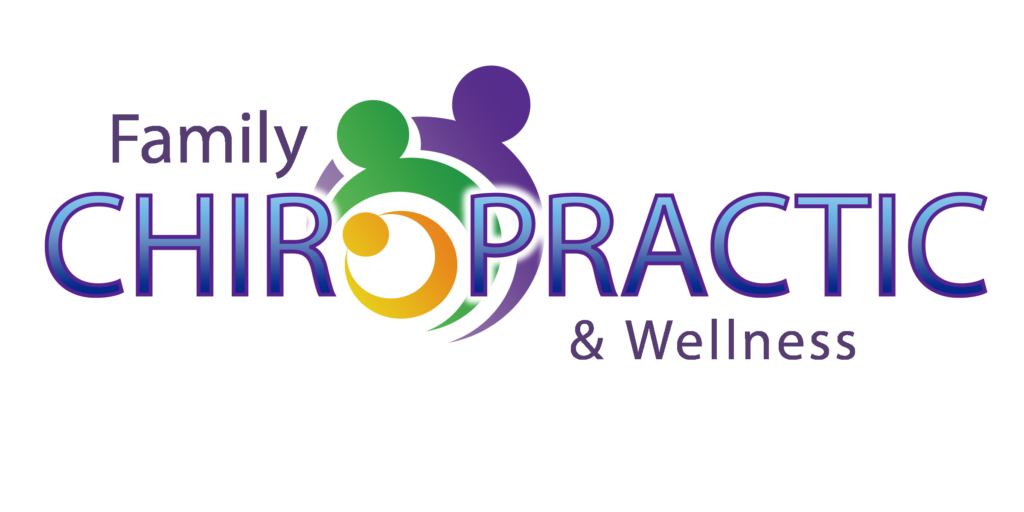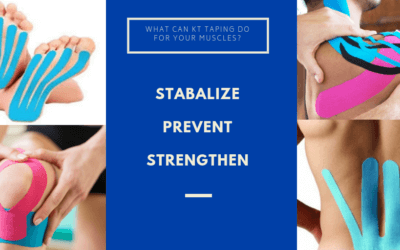Low back pain is one of the most common complaints seen in a chiropractic office. It is also one of the most common reasons for missing work. Below are some great tips to follow as well as some common pitfalls that individuals fall into when dealing with low back pain. These tips should be used to help avoid aggravation and hopefully manage low back pain until a qualified healthcare provider can be seen. Call 801-810-4144 for a free consultation with Dr. Reynolds at our Draper, Utah office.
- ICE: Apply ice to the low back region. If using an Ice Pack make sure to place 1-3 layers of fabric between the skin and the pack. Use the ice on an 80 minute cycle: 20 minutes on, a full 60 minutes off. AVOID HEAT for the first few days after a low back injury or flare-up. After a few days
 heat can be used pre-activity to help improve movement.
heat can be used pre-activity to help improve movement. - 90/90 position: The best position for your back is to lie down on your back with your legs and feet resting on a chair- leaving your hips bent at a 90° angle as well as your knees. This will decrease the pressure on the lumbar spine and provide some relief.
- Anti-inflammatory: Ibuprofen (Advil/Motrin) is great at helping to reduce acute (short term) inflammation which commonly accompanies low back pain. The side effect of an anti-inflammatory is pain relief, but the reduction in inflammation is much more beneficial to the healing process. This can be used for a few days (following directions on the bottle) without concern- Long term use is discouraged. Do not take more than 800mg at a time. An alternative to Advil is Aleve (naproxen sodium).
- Sleeping Position: the best sleeping position is lying on your back with a pillow under your knees, or lying on your side with a pillow between your knees. Avoid sleeping on your stomach as this places your back into extension and may result in increased pain.
- Avoid greasy/fatty food: A healthy diet can help decrease inflammation and promote healing. It is common for back pain victims to seek comfort foods- pizza, hamburgers, fast food, etc. Try to avoid those foods as they may perpetuate your condition. Also drink plenty of water.
- Keep moving: Walking is a great exercise that may help to alleviate some of the pain. DO NOT PUSH YOURSELF. An easy walk around the block may be the answer to help loosen things up.
- Topical Analgesics: Using a product such as Biofreeze can help decrease pain and allow for activity. This can relax the muscles which are commonly responsible for most of the pain.
- Neutral Pelvis: Be sure to sit, stand, lift, and move with the proper biomechanics. The ‘Neutral Pelvis’ exercise is a great way to train your body how to move properly and avoid aggravating your back pain.
- Stretching: Mild stretching can also alleviate or decrease low back pain.
- Knee to chest: great to use while lying in bed. Also useful while seated on the floor.
- Hamstring: seated or lying down on back with legs in the air.
- Avoid the following: (The activities can be done, but should be modified)
- Standing or sitting for extended periods of time (over 20 minutes). If needing to stand for more time place one foot on something higher like a step. This will reduce the pressure on the low back.
- Crossing your legs while seated (crossing ankles is allowed)
- Repetitive rotating movements- vacuuming, raking, etc.
- Bending forward while rotating (one of the most common causes of low back injury). This is common while doing dishes or laundry, making the bed, or brushing teeth.
- High or thick heeled shoes. These can aggravate the back by increasing extension in the lumbar spine.



